6 Popular destinations ruined by tourists…
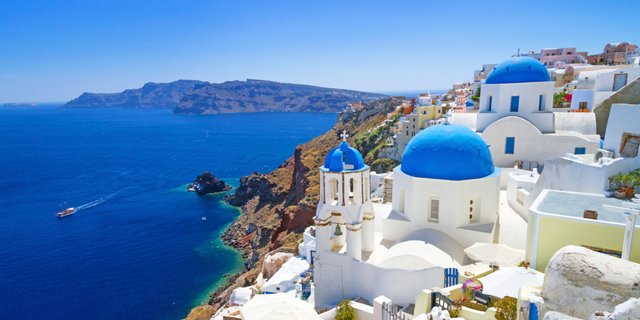
Social medias have been an important factor in choosing your next holiday spot for years. Scrolling through Facebook and Instagram, we see pictures of a variety of fairy tale lands that we dream to find ourselves into, alone or in the company of a loved one.
We should not forget, however, that besides us, these photos have been seen by many, many more people, than just ourselves. And even more, when those photos were taken, perhaps a whole lot of people have waited in a queue to capture their magical shot.
In some cases, the newly acquired glory gained from social networks helps to stimulate local economies, bringing tourists to places they would never otherwise find. In other cases, however, this creates problems for countries and cities that simply do not have the capacity to cope with the influx of tourists.
Tourists have literally occupied some wonderful places around the world, creating a number of inconveniences. The places have become overcrowded, making the simple act of visiting a local sight or going to the beach and a waiting game, needing nerves of steel in order to win it.
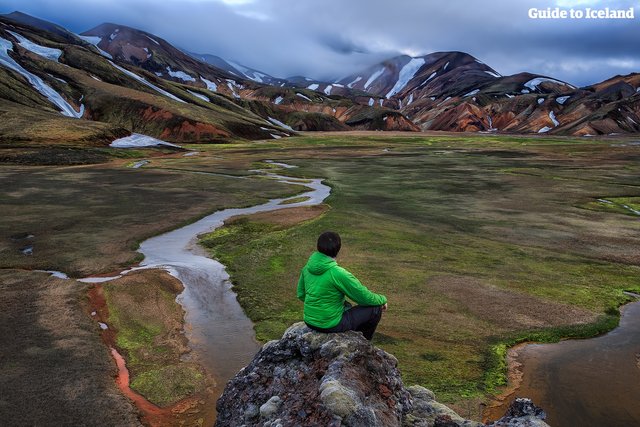
For 2016, the number of tourists from the United States alone, who visited Iceland exceeded the entire population of the country. The northern state has seen a drastic jump in its visitors for the past few years. From 2011 to 2015, their number almost double - from 566,000 to over 1 million people.
The main reason for this is simple - The "Games of Thrones" Effect. Many people want to visit the scenes where they shoot the series and to photograph the dramatic landscapes that are seen in the movie. When these advantages are combined with the availability of relatively cheap airfare and several good marketing campaigns, Iceland has become a popular tourist destination.
However, this also lead some “complications” with it. A recent local politician compared the state with Disneyland, complaining that the place is overcrowded with tourists. And although this influx of visitors brought a positive boost to the economy after the recession, tourists became the cause of rising prices for locals and put the infrastructure under heavy pressure. Meanwhile, locals complain that aliens destroy the fragile ecosystem of the island, leaving behind a mess, while stamping previously untouched nature.
1. Cuba - tourists eat everything
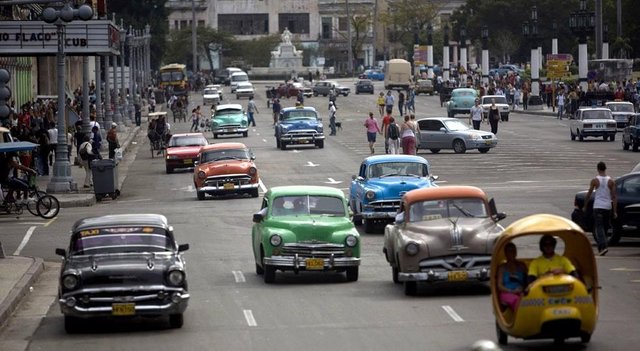
According to the Cuban Tourism Ministry in 2016, the country has been visited by over 4 million tourists, up 13% over the previous year. The boom of tourism has certain consequences for the people of the country.
The wave of visitors leads to a shortages of food, making basic food products inaccessible to local people. Hotels and restaurants buy supplies in large quantities for their guests, which raises prices and leaves limited quantities for the locals.
In an attempt to solve the problem, the government in Havana has set a price cap to make commodities more accessible to Cubans. However, this only encourages vendors to place products on the black market.
2. New Zealand - The Country of “Lord of the Rings”
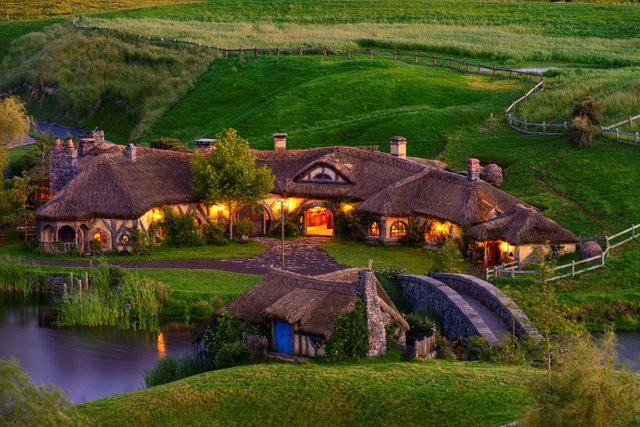
In New Zealand they have a similar problem as Iceland. Massive crowds of people come to the country to enjoy the magical landscapes of The Lord of the Rings and The Hobbit fame. The beauty of the country was further promoted in the marketing campaign "100% Clean New Zealand".
Tourism is of the utmost importance to the economy of the country. It contributes around 9.7 billion dollars to New Zealand's gross domestic product each year and employs 7.5% of the country's population.
Local residents, however, complain that tourists go everywhere and often do not respect the environment. The country also does not have the infrastructure to handle the waste left by visitors. According to Bloomberg there is a shortage of hotels, lack of adequate parking and public toilets.
According to a study conducted in March 2017 among 500 inhabitants of New Zealand, 35% of respondents said that tourism is putting too much pressure on the country.
3. The most popular tourist destination in Mexico
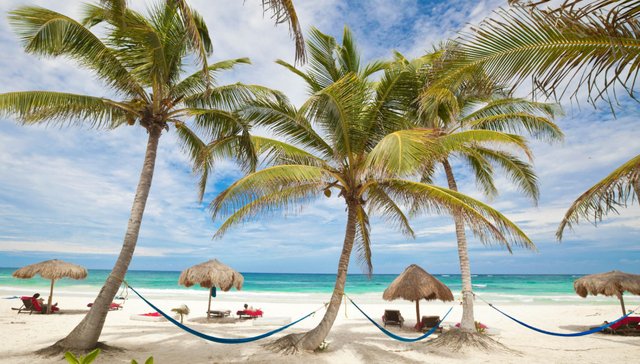
From a tranquil place with pristine beaches, from quiet Yogi Paradise with historic value, Tulum in Mexico, has become one of the most popular tourist destinations in the country with a star status.
However, according to a Newsweek report, the city is struggling with the serious pollution from the large number of tourists. Drainage and hotel waste often go directly to nearby rivers.
A local activist describes the problem as a "time bomb", explaining that there are no effective processes to deal with the waste dumped in the jungle.
4. How many people can visit Machu Picchu in a day?
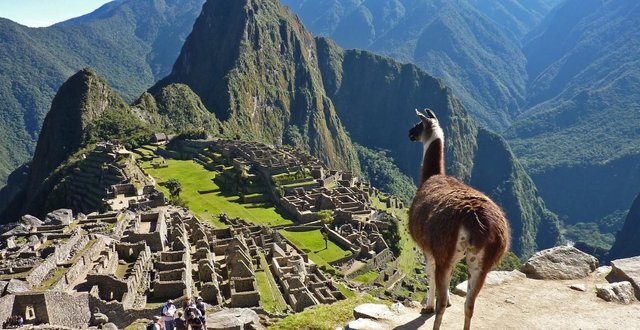
The Government of Peru and UNESCO have set a daily limit for tourists who can visit Machu Picchu to 2500 people. According to the Peruvian Ministry of Foreign Trade and Tourism, this number has been repeatedly exceeded since 2011, and only in 2015 the site of this cultural landmark has been visited over 1.3 million times.
This overpopulation, however, has an inexorable influence on the ancient runes. The government is now launching a plan to reduce the number of tourists who can visit Machu Picchu.
Under the new regulations, which is to be be implemented by 2019, tourists will be required to have guides, to keep track of certain routes and to give time limitations for a tour of the site.
5. Santorini - the pearl of Greece

There are thousands of online publications praising the beauty of Santorini in Greece. The pictures of houses with white walls and blue roofs have been making the rounds on social networks ever since the movie “My Big Greek Weeding”.
In 2015, a record number of cruise ships have been reported, stopping on the famous island. This makes 10,000 visitors a day in the summer. This is the reason why local authorities are introducing a limit of 8,000 visitors per day this season.
6. Bahamas – paradise for swine

Apart from tourists, some islands of the Bahamas are also populated by flocks of swine, which have detrimental effect on the environment.
According to an inspector from the Bahamian Humanitarian Society, these pigs have become so dependent on the food given to them by humans that they have completely changed their way of life. They multiply much faster and are becoming danger to the environment , as they are omnivorous.
Conclusion
Borders around the world are becoming more and more conditional, and one can visit almost every place on the planet. The question, however, is what we leave behind, once we get to a place. And what problems the local people who live there have to deal with after we depart.
Think for the future, be responsible and respectful to the environment that you are visiting!
In the end, we will visit and leave, but the people, the nature, and the monuments will be there forever!
Let’s leave this beauties in a pristine state, so all of our future generations can marvel on the wonders of their forefathers!
Amazing! Very attaractive and beautiful places. Thanks for sharing.
Interesting perspectives. There are so many beautiful places in the world and where we go is definitely influenced by others we follow across social media. The "trendy" destinations are often negatively impacted by tourists, but it doesn't have to be this way. Travelers must expand their travels so that we give the beaten path a break!
Yes, exactly! And what is more precocious than going to a pristine, secluded place with a loved one! For both of you to feel that you are discovering paradise, as for the first time and just bathe in the beautiful vista in front of you!
I certainly prefer this scenarios in front of the endless queues, that are amassed infront of every tourist trap!
Like the work you put in the post!
I live in Amsterdam and here its the same, tourist everywhere, love it it but somethimes its a little much.
I travelled for 4 years and blog about it now, also worked on Cruise Ships, so i know how big the travel busniss is.
Again nice post, upvoted!
Keep them comming
Thank you very much! I really appreciate it!
I live in Bulgaria, but have traveled across Europe and other places and the first thing that I always notice is how locals are uncomfortable with the situation, hence the research :)
Hope you like it and stay tooned for more :)
Will keep an eye out! dont get my wrong love all the Nationalties that visit Amsterdam give the city more diversity.
enjoy your night and looking forward to more of your blogs